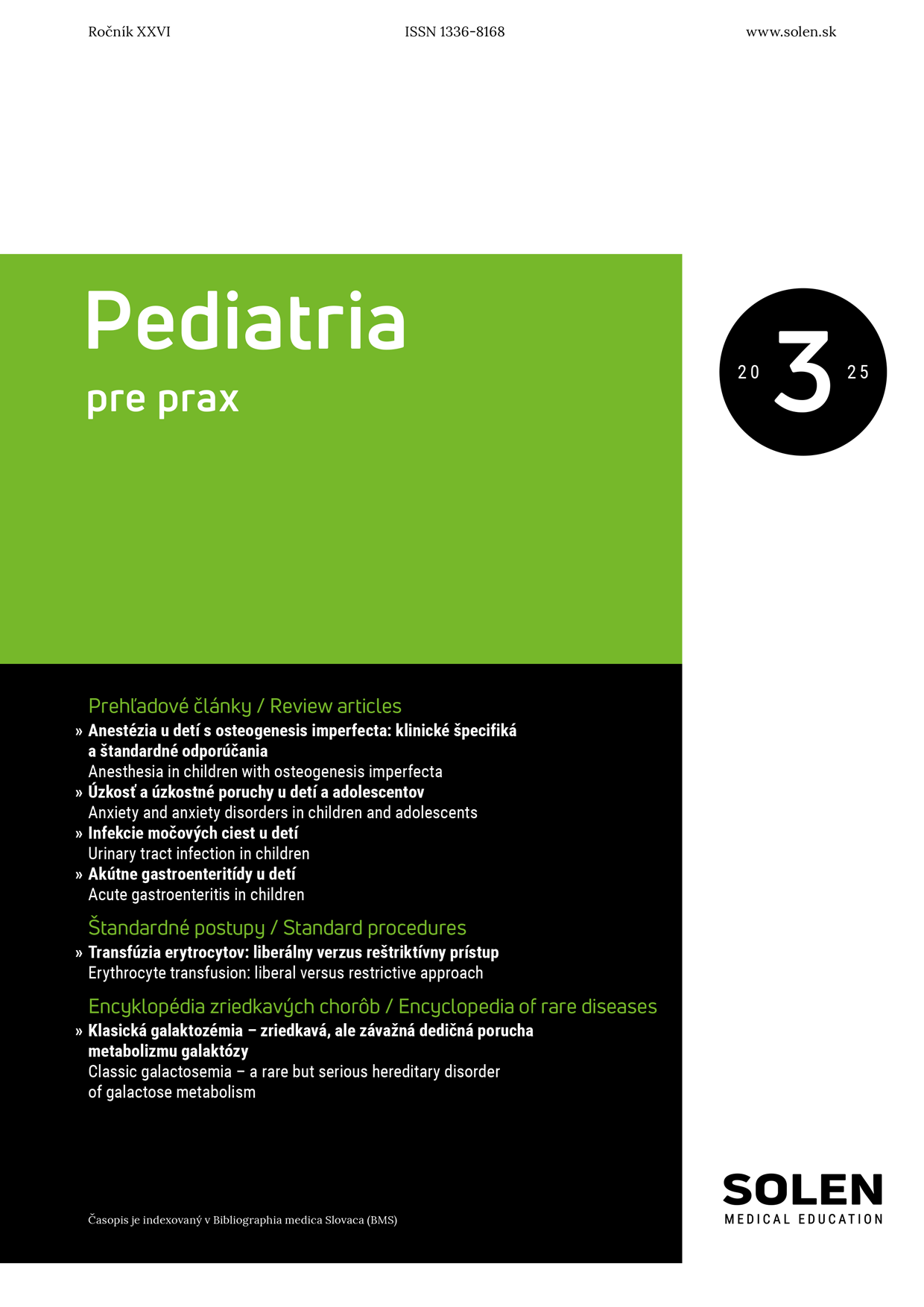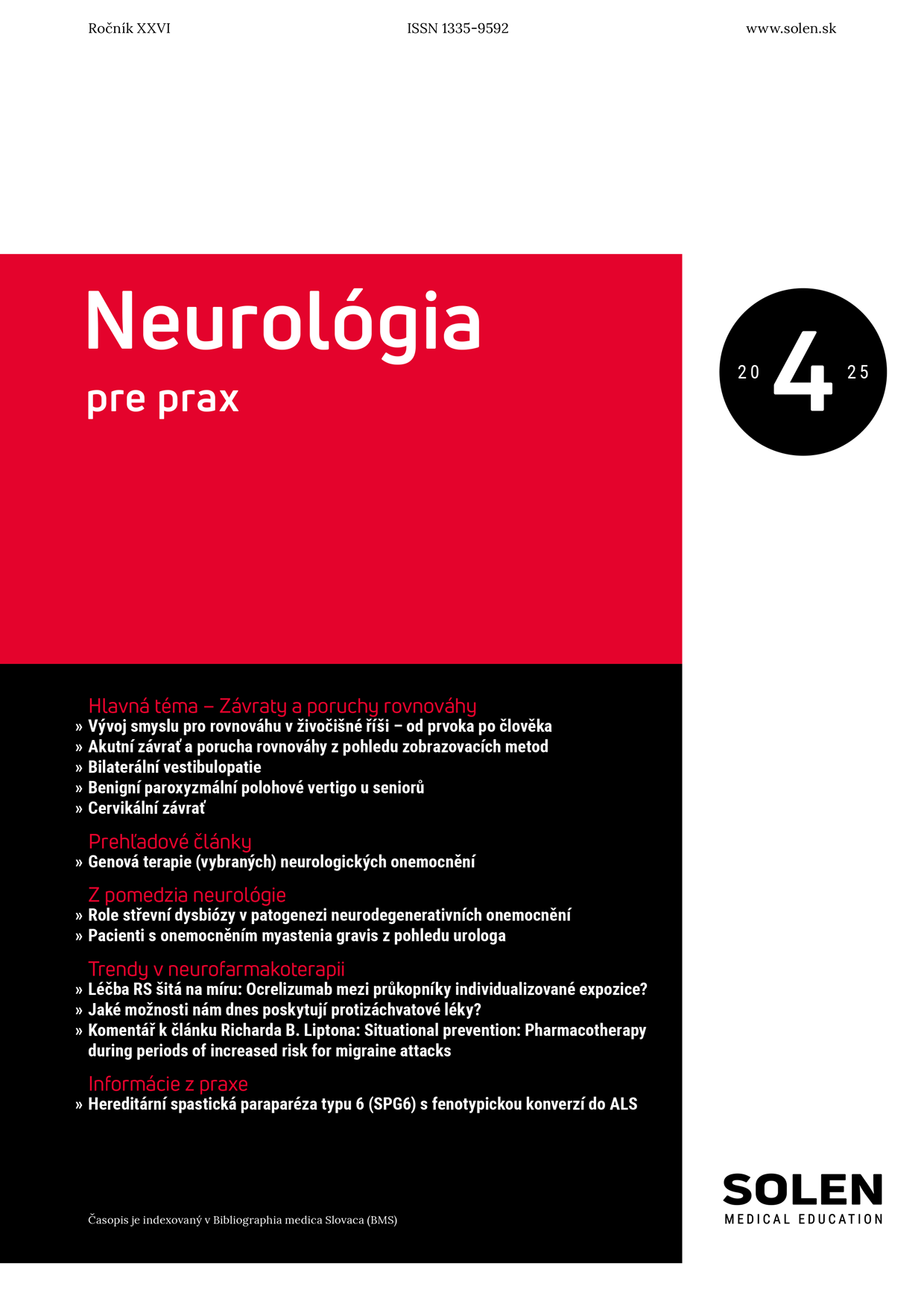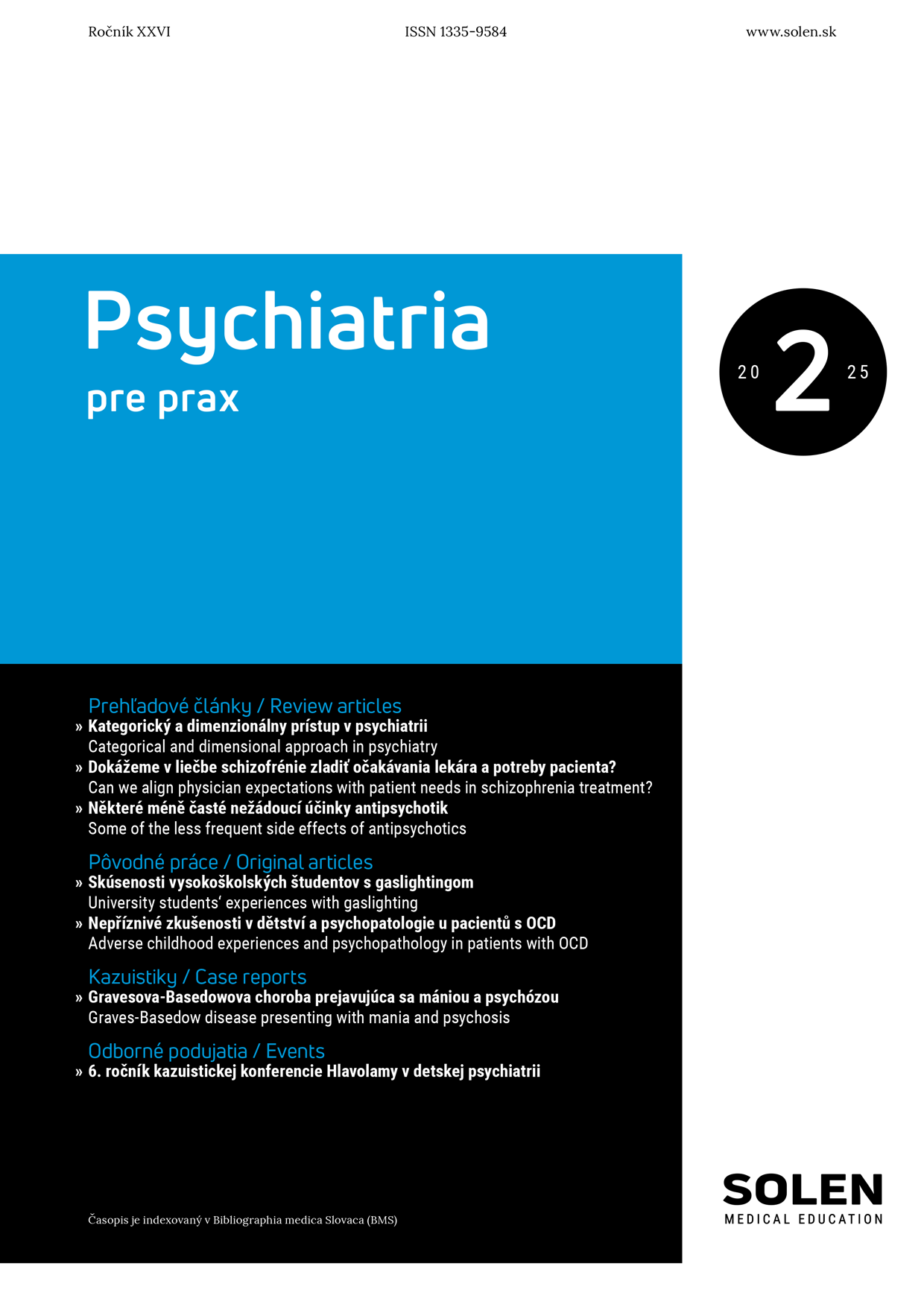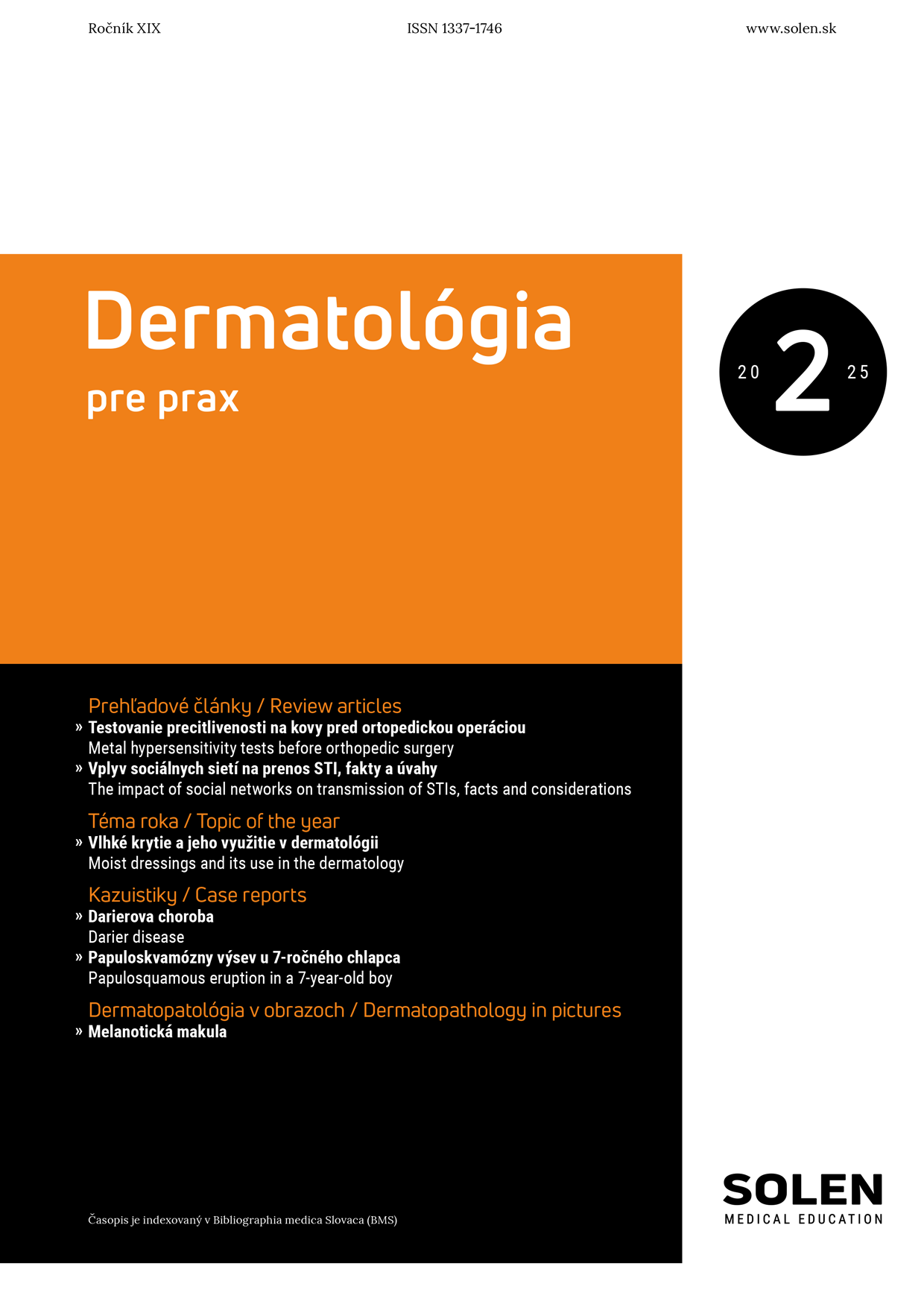Onkológia 3/2023
Heavy and light chain amyloidosis – case report
Introduction: Amyloidosis is rare disease characterised with deposition of insoluble protein fibrils (amyloid) in extracellular space of tissues and organs and causes their dysfunction. Systemic amyloidosis is most frequently caused by an abnormal production of monoclonal immunoglobulin (Ig) light chains (AL). Heavy chain amyloidosis (AH) and AHL (heavy and light chain Ig amyloidosis) are extremely rare diseases. Correct identification of amyloid type is crucial for choosing appropriate treatment that differs for particular types of amyloidosis. Early beginning of effective treatment that reduces amyloid production results in improvement of patients prognosis. AL, AH and AHL are treated with the same regiments as multiple myeloma. The most commonly used regimen in Slovakia is VCD (bortezomib, cyclophosphamide, dexamethasone). High dose chemotherapy with autologous stem cells transplantation is used to treat patients with adequate organ function. Case report: The aim of this paper is a case report of patient with AHL and to point out the pitfalls of diagnosis and treatment of this disease. Conclusion: There is no officially approved treatment for the diagnosis of AH/AHL. The prognosis of patients depends not only on the extent of damage and the early initiation of optimal treatment, but also on multidisciplinary cooperation.
Keywords: heavy and light chain amyloidosis, bortezomib, cyclophosphamide, dexamethasone

















